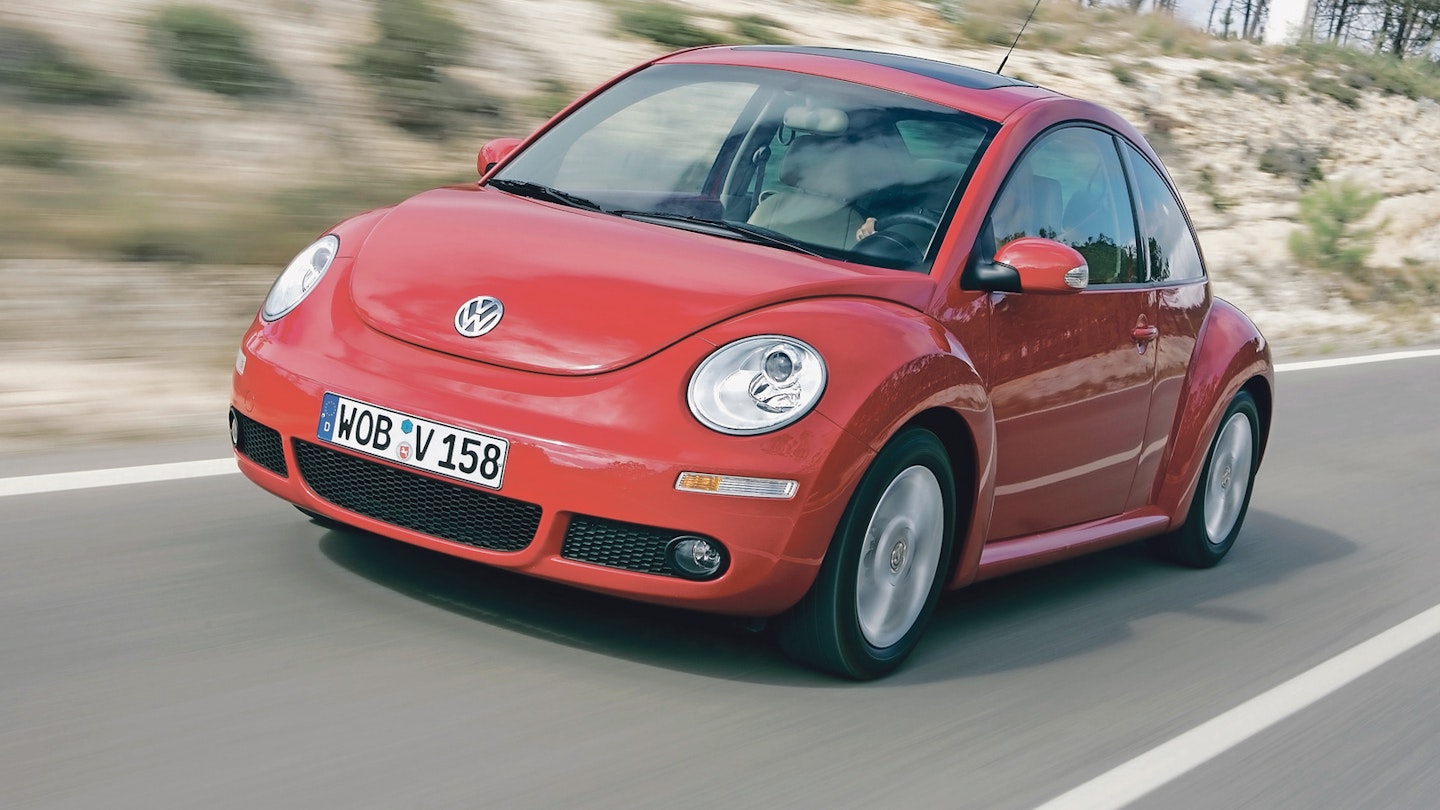1 - IT’S A ROTARY ENGINE
The ‘rotary’ engine that Felix Wankel patented in 1929 is technically an ‘eccentric rotary engine’. Thanks to its Reuleaux triangle rotor, it oscillates inside its chamber, whereas the centre of a true rotary engine’s moving parts stays on the same axis. Thus, only gas turbines like Rover’s JET 1 and Chrysler’s Turbine Car of the 1960s have been genuine rotary-engined vehicles.
2 -THEY WERE NEVER A SUCCESS IN CARS
Granted, Wankel engines haven’t had the best of track records when they’ve been used to power cars. But they have been successful in vehicles, just not how you might think. In tiny form, they’ve been used as explosive seatbelt pre-tensioners in Mercedes-Benzes and Volkswagens, including the New Beetle. So millions of German cars have had them – just not as a means of propulsion.
3 - CITROËN DESTROYED (NEARLY) ALL GS BIROTORS
Citroën, along with NSU and Mazda, was one of the few manufacturers that attempted to perfect the Wankel engine. But its 1973 GS Birotor was expensive, thirsty on fuel and unfortunately launched at exactly the same time as a major oil crisis. Thus only 847 were sold. So it didn’t have to provide spare parts, Citroën tried to buy back and scrap every one. In fact, about 250 are thought to survive. That’s almost a third!
4 - IT’S NOW DEAD AS A CAR ENGINE
That depends on whether Mazda ever releases its long-promised RX-8/Cosmo replacement. It’s a bit overdue…
